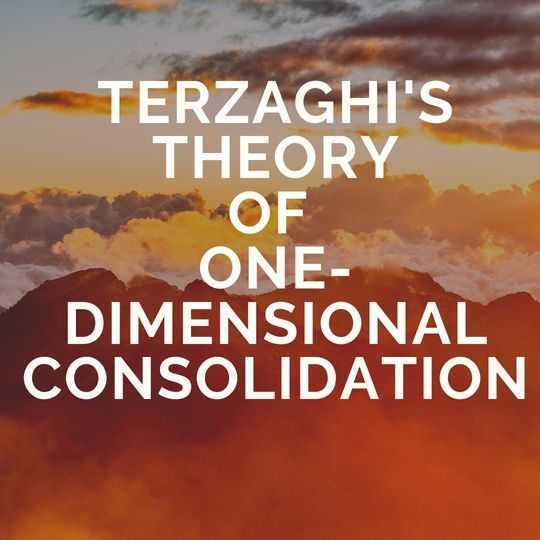RS Aggarwal Aptitude Book PDF Free Download RS Agarwal Aptitude Book PDF Free Download: Quantitative Aptitude by R.S Aggarwal is a standout amongst the most inclining books among the hopefuls getting ready for Bank PO, PO, MBA, RBI, IBPS, CAT, SSC, IAS, PSC, Hotel Management, Railway Recruitment Exams, and other aggressive and placement tests. This book is suggested by different specialists in this field. This book covers relatively every theme which is being requested for the focused exams. On the off chance that you are looking to Download RS Aggarwal Quantitative Aptitude PDF's most recent version with the expectation of complimentary then you appear to be at the correct place. Download PDF RS Agarwal Aptitude Book PDF Free Download This book covers Problems on Surds and Indices, Simplification, Numbers and Ages, Pipes and Cisterns, Boats and Streams, Problems on Trains, Simple and Compound Interests, Time and Work, Permutations and Combination, Clocks, Odd Man Out, Heights
